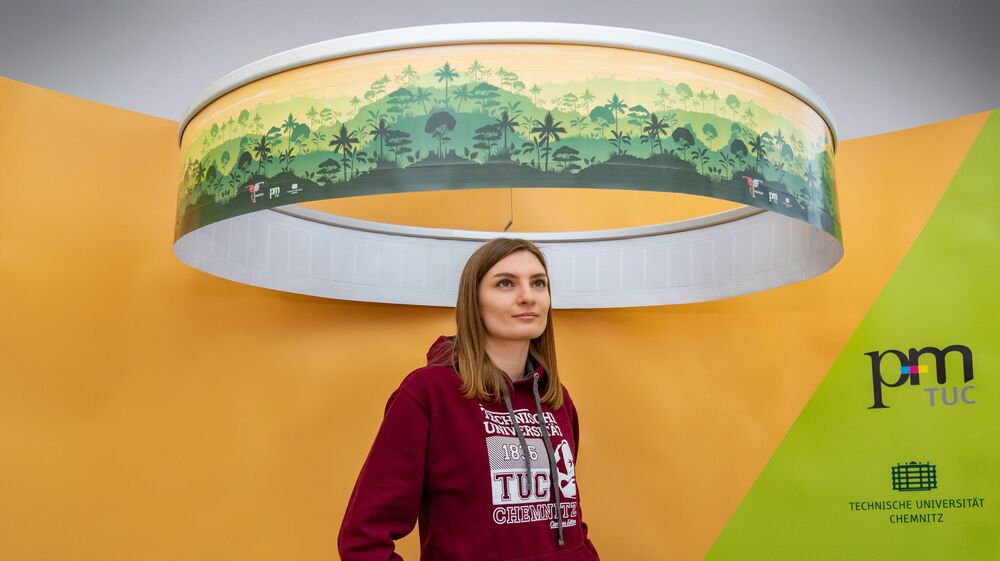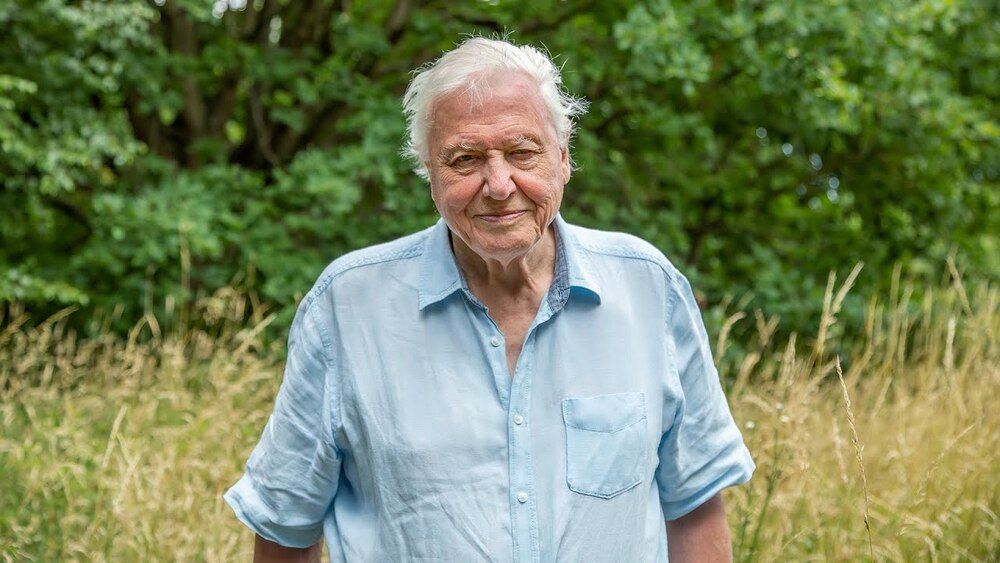A type of novel molecular voltage sensor makes it possible to watch nerve cells at work. The principle of the method has been known for some time. However, researchers at the University of Bonn and the University of California in Los Angeles have now succeeded in significantly improving it. It allows the propagation of electrical signals in living nerve cells to be observed with high temporal and spatial resolution. This enables investigations into completely new questions that were previously closed to research. The study has now been published in the journal PNAS.









